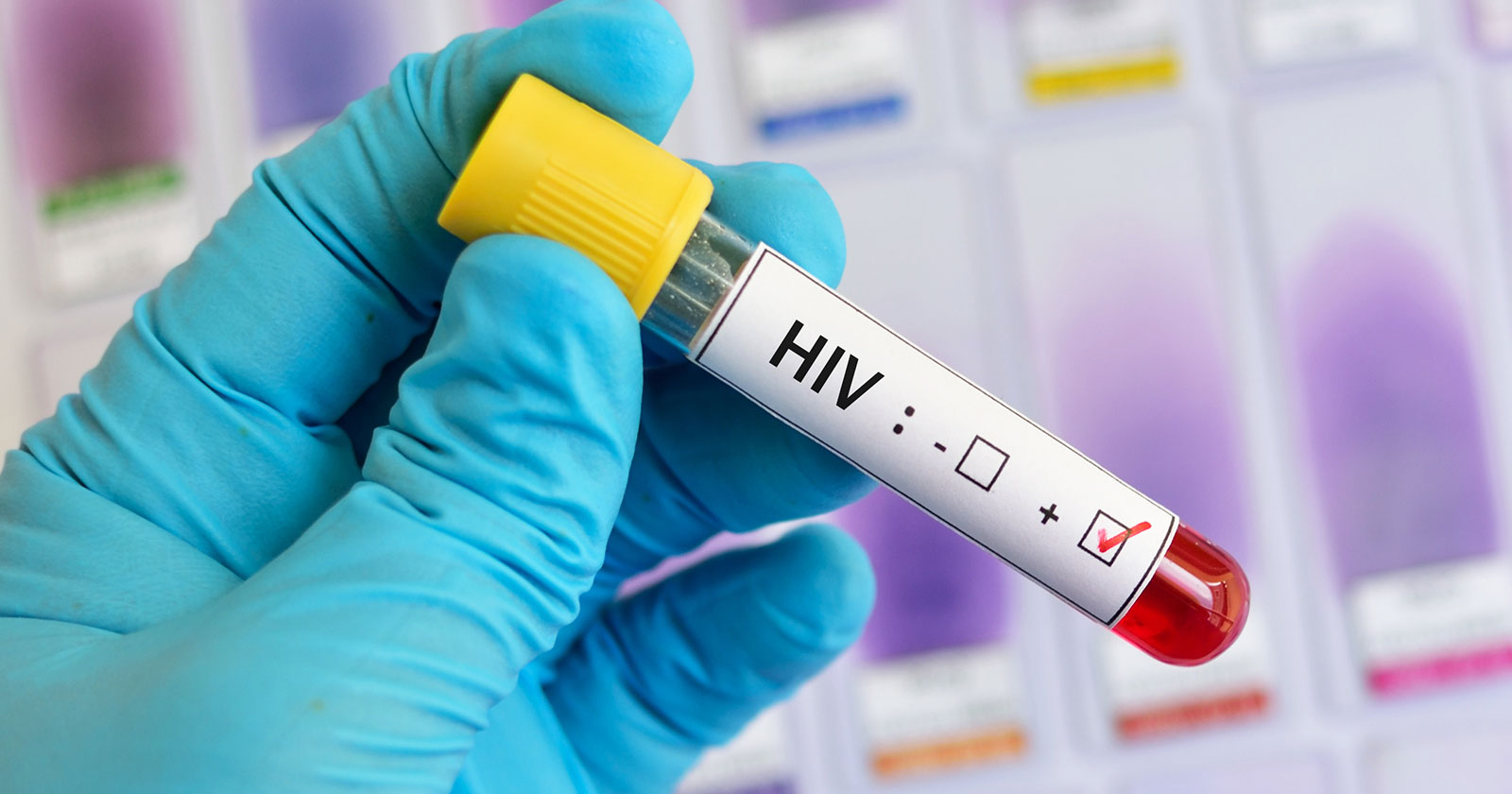The HIV Diagnosis – no longer devastating? - Why you should not fear testing
HIV testing is one of the most anxiety inducing medical tests that many persons fear. Fear of the possibility of a positive test result even prevents some persons from testing altogether. This presents the danger of diagnosis at a later stage where physical signs and symptoms of HIV may be present. In Barbados some 39% percent of cases are late stage diagnoses1. Voluntary testing helps undiagnosed persons to get an early diagnosis and start treatment before any symptoms or signs occur.
We have all seen the Hollywood films of HIV positive people who appear thin, unhealthy, covered in spots who are isolated by stigma and discrimination and are dependent on the kindness of friends and family who have not abandoned or scorned them. What is the reality of HIV diagnosis today, in 2020?

The New Face of HIV
In recent years, medical research studies in the field of HIV medicine have advanced the progress in patient care and outcomes. What used to be a fearsome, terminal diagnosis in the early 1990’s is now viewed as a chronic disease with excellent response to treatment. Since that time more highly effective drugs have been developed with fewer side-effects. These drugs are often combined in a single pill allowing treatment to be just one pill a day! People living with HIV on treatment today carry on normal lives unaffected by any HIV associated illnesses. They are living with HIV but not affected by it.
HIV treatment is now offered almost immediately after a diagnosis is made. Studies like the START trial have shown that starting antiretroviral therapy (ART) early before the immune system is impacted by the virus, reduces the risk of death from AIDS defining illness by 70%; overall illness and death by 53% and improves longevity, thus asserting that treatment should be commenced as soon as possible after diagnosis to prevent the risk of clinical decline or the progression to AIDS2. When taken consistently, ART reduces the levels of circulating virus in the blood to such low levels that it can no longer be detected by viral load machines; to undetectable levels. This effect is sustained lifelong once ART continues. With early treatment viral levels are reduced early in the disease process and this halts any damage caused by the virus, prevents transmission to partners encountered after infection occurs and during pregnancy.

What If I am HIV positive but my partner is HIV negative?
Another trial called the PARTNER study looked at the risk of HIV transmission among 1, 166 couples in the first phase of the trial. The couples constituted an HIV positive and negative partner, and the HIV positive partner took ART consistently. The partners engaged in condomless sex and after 2 years it was found that none of the HIV negative partners became positive3. There were zero transmissions. This along with other similar studies that followed, provided evidence that persons on treatment with undetectable levels of HIV were unable to transmit the virus to their partners through sex, even without the use of condoms3.
HIV treatment now allows persons living with the condition a higher quality of life, longevity and even the hope of having a family without risk of transmission to children or partners. These proven benefits mitigate the hopelessness associated with HIV diagnosis and should encourage increased levels of testing in sexually active adults.
There is no need to fear, get tested today, prevention remains the goal!
As the old adage goes, “prevention is better than cure” or in this case treatment, so HIV/STI prevention remains a key recommendation by means of consistent condom use and regular STI screening. A minimum of yearly sexual health screening is recommended for all sexually active adults.
- Babb, D. (2017). PowerPoint Presentation: Update on the HIV/STI Programme in Barbados.
- The INSIGHT START study group. (2015). Initiation of Antiretroviral Therapy in Early Asymptomatic Infection. The New England Journal of Medicine. 373: 795-807
- Roger et al. (2016). Sexual Activity without condoms and risk of HIV transmission in serodiscordant couples when the HIV positive partner is using suppressive antiretroviral therapy. JAMA. 316 (2), 171-181
Article written by:
Dr. Tiffany Jordan
MBBS, PGDip (HIV), AAHIVS


